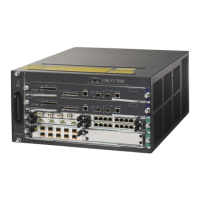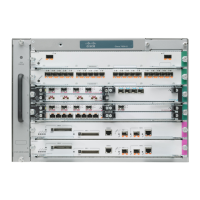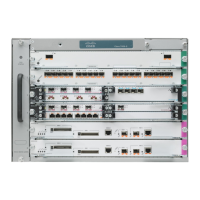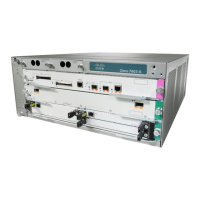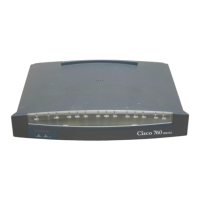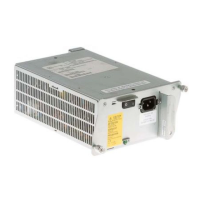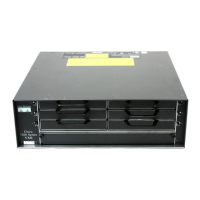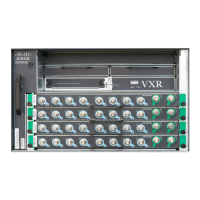35-6
Cisco 7600 Series Router Cisco IOS Software Configuration Guide—12.1E
78-14064-04
Chapter 35 Configuring Web Cache Services Using WCCP
Restrictions for WCCPv2
MD5 Security
WCCPv2 provides optional authentication that enables you to control which routers and cache engines
become part of the service group using passwords and the HMAC MD5 standard. Shared-secret MD5
one-time authentication (set using the ip wccp [password [0-7] password] global configuration
command) enables messages to be protected against interception, inspection, and replay.
Web Cache Packet Return
If a cache engine is unable to provide a requested object it has cached due to error or overload, the cache
engine will return the request to the router for onward transmission to the originally specified destination
server. WCCPv2 provides a check on packets that determines which requests have been returned from
the cache engine unserviced. Using this information, the router can then forward the request to the
originally targeted server (rather than attempting to resend the request to the cache cluster). This
provides error handling transparency to clients.
Typical reasons why a cache engine would reject packets and initiate the packet return feature include
the following:
• Instances when the cache engine is overloaded and has no room to service the packets
• Instances when the cache engine is filtering for certain conditions that make caching packets
counterproductive (for example, when IP authentication has been turned on)
Load Distribution
WCCPv2 can be used to adjust the load being offered to individual cache engines to provide an effective
use of the available resources while helping to ensure high quality of service (QoS) to the clients.
WCCPv2 allows the designated cache to adjust the load on a particular cache and balance the load across
the caches in a cluster. WCCPv2 uses three techniques to perform load distribution:
• Hot Spot Handling—Allows an individual hash bucket to be distributed across all the cache engines.
Prior to WCCPv2, information from one hash bucket could only go to one cache engine.
• Load Balancing—Allows the set of hash buckets assigned to a cache engine to be adjusted so that
the load can be shifted from an overwhelmed cache engine to other members that have available
capacity.
• Load Shedding—Enables the router to selectively redirect the load to avoid exceeding the capacity
of a cache engine.
By using these hashing parameters, you can prevent one cache from being overloaded and reduce the
potential for congestion.
Restrictions for WCCPv2
The following limitations apply to WCCP v2:
• WCCP works only with IP networks.
• For routers servicing a multicast cluster, the time to live (TTL) value must be set at 15 or fewer.
• Because the messages may now be IP multicast, members may receive messages that will not be
relevant or are duplicates. Appropriate filtering needs to be performed.
• Service groups can comprise up to 32 cache engines and 32 routers.

